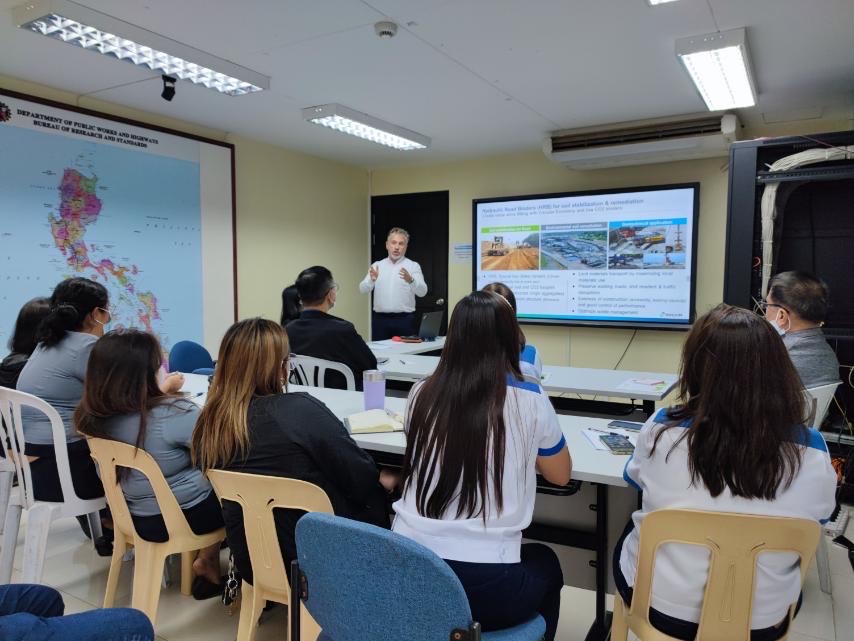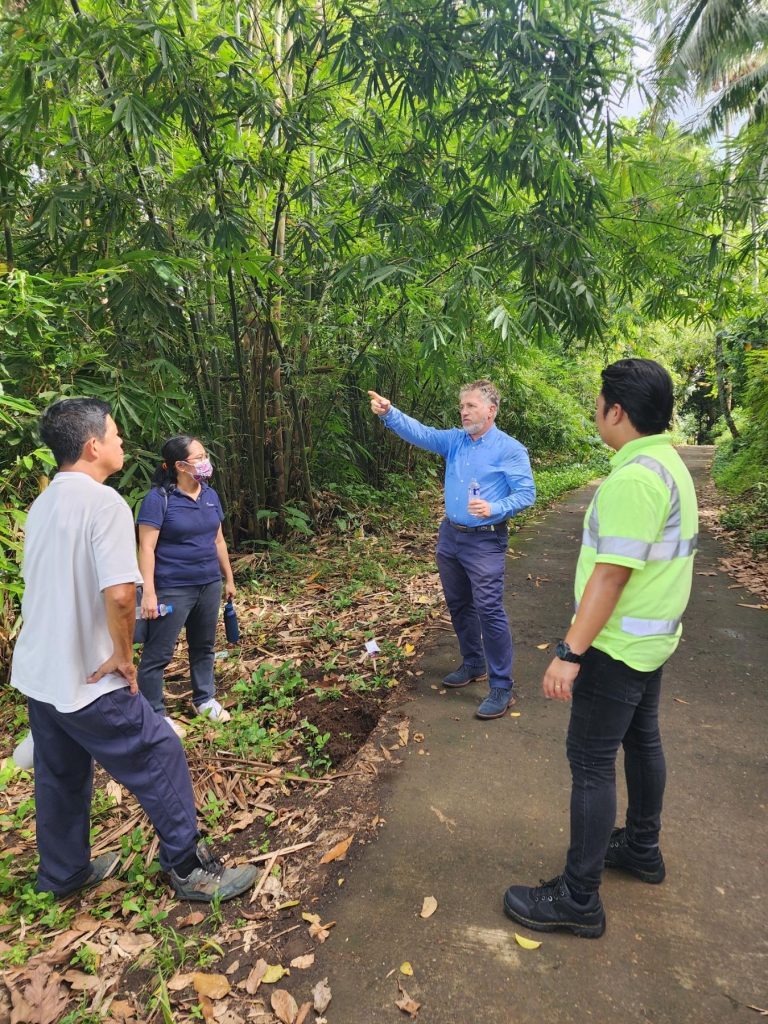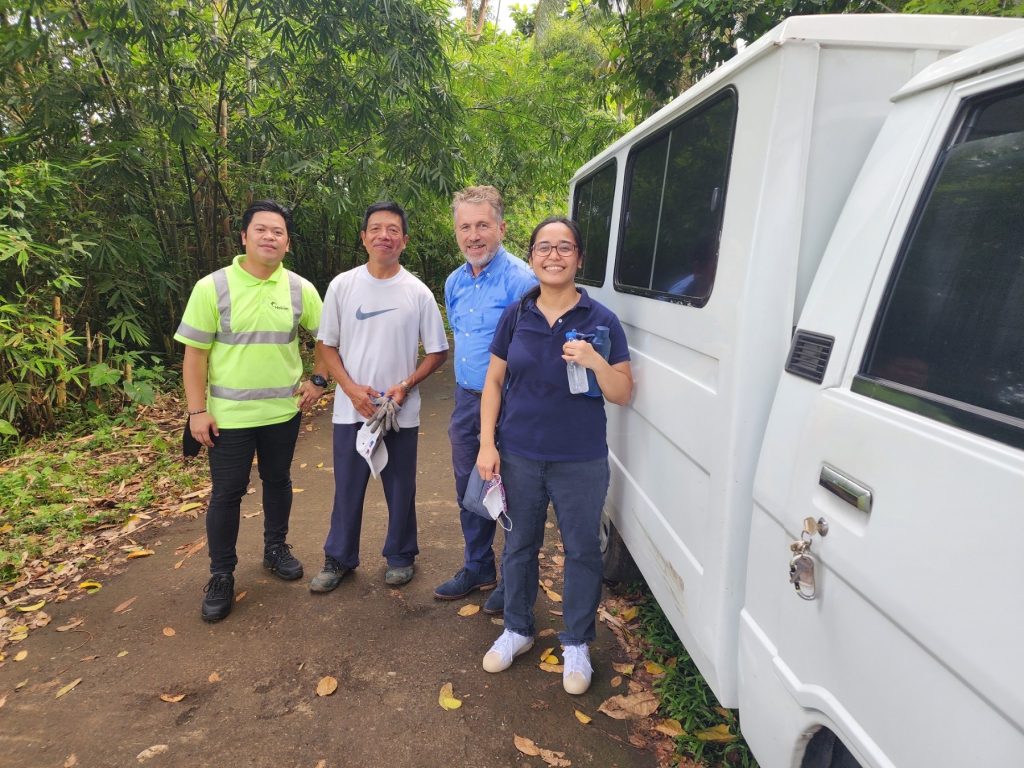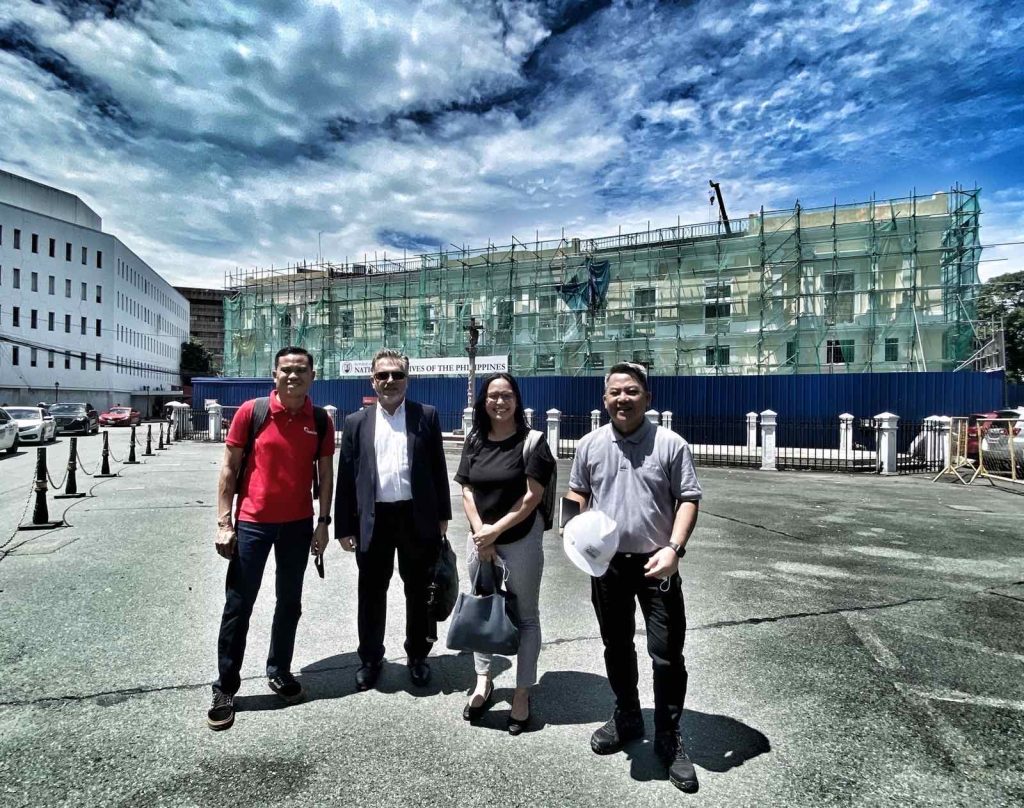Pinoy Builders had the opportunity to interview Holcim’s Global Road Manager, Engr. Eugen Florescu. He has over 30 years of experience in construction specializing on the design, construction and maintenance of roadways, ranging from service roads for farming all the way to motorways. His experience also includes working as a designer, a builder, and teaching university courses on road engineering. His extensive experience in various roles throughout his career allowed him to gain a wide perspective on the industry, on the suitable technology for various applications, and on the methods of road infrastructure design, build, and maintenance. He has been to many countries, and visited numerous construction sites, learning that every road project is unique. This time around, he’s here in our country and shared with us his insights about challenges in road construction, roles of different stakeholders, building technology and sustainability in the Philippine setting.

Q: What brings you to the Philippines? What are you presently doing for Holcim?
I have been part of the Holcim family for 11 years now, working on promoting and supporting the implementation of the most efficient solutions for road building. The global market for road building and maintenance amounts to an estimate of 800Bn USD per year. A global leader in construction materials, such as Holcim, is keen to support this market, considering that 20% of the market is represented by the cost of materials. Holcim aims to support the road sector not from the viewpoint of a ready mix, aggregates or cement supplier, but from the viewpoint of a specialist enterprise, capable of offering tailored solutions to distinct challenges within the 70 countries where the company has a presence. A key part of my role is helping local parts of the business understand the particularities of the road market and proposing technical solutions which are suitable for local needs and constraints. These solutions may either be represented by genuine products developed by Holcim or by well-established traditional methods, but which may not be used in all countries, due to a variety of factors.
Q: In your point of view, what would you recommend that is widely practiced elsewhere but is applicable to address the challenges in the Philippine setting?
From the very beginning, I want to make very clear the fact that the “one fits all” solution does not apply on roads. Every country is particular, for a whole variety of reasons (climate, but also type and availability of resources, level of technology, etc). The first compulsory step would be the perfect understanding of the local road market, and only after this, in total harmony with the local road authorities, designers, engineers, we can propose, develop and apply the most suitable solutions for the local context.

Q: The Philippines is known for frequent rains and heavy floods, how do you think this can be prevented or solved (short & long-term solutions)?
It is very clear that we cannot change the weather. The rainy season is part of the Philippines way of life and the climate change observed mainly in the last 50 years is not improving the situation. So the only actual solution that man can apply is to adapt: adapt as a living, but also adapt its way of imagining the world of tomorrow. Thus, anticipation plays a huge part. What I have noticed in the last 10 years traveling for business around the globe is that, as a general rule, authorities of all kinds (political, but also technical) are more open to accepting sustainable solutions, lowering the long-term impact on the environment. When I started my professional journey over 30 years ago, it was very common to design a bridge for a 50 years life span. Now, we push this figure toward 70, 80 years, and sometimes infrastructure projects have a designed lifespan of 100 years.
Another important point: if 20 years ago the initial price of a project was the only criteria on a bidding process, nowadays the decision involves factors like the total lifespan of a construction, the total carbon footprint, the total cost of a project, including the construction, use, maintenance and even deconstruction phases.
Q: Any Holcim products / solutions that can address these challenges?
As a world leader in supply of construction materials, Holcim took its part of responsibility in addressing the changes imposed by market evolutions in the last years. I will limit my answer to the solutions related to roads, this being my activity, and I can confirm that, both in countries as at the corporate level, we continue to work hard in order to develop or to push solutions adapted to these changes. You mentioned the heavy rains; we developed the concept of Hydromedia, a porous concrete with a high volume of voids, helping a fast elimination of water from the surface. We spoke about road safety, we have developed an innovative concrete for wearing course, a high level of safety and comfort. We also mentioned the necessity of saving the natural resources, we worked with our partners in optimizing the thickness of concrete pavements. We are innovating in soil stabilization with Hydraulic Road Binders, lowering the clinker factor, we are pushing forward the Roller Compacted Concrete, and this is not an exhaustive list.

Q: Can you tell us about your thoughts on climate change? How does it fit in as one challenge in the Philippines?
Once again, the key word is adaptation. The worse was done, and turning back to the situation of 50 years ago will take maybe 100 years, if the steps are taken immediately. The infrastructures that we are conceiving today need to face the reality of climate change, and to last for one century. We cannot continue to design, construct, and maintain roads as our parents did. The concept of “overdesign” that was largely used in the past can no longer be accepted. Thus, optimizing the total thickness of a pavement seems to be the perfect answer. The intensive use of binders of fossil origin needs to be reduced and limited, both in construction and in maintenance. Speaking about cement, reducing the clinker factor is a must, and is a challenge that Holcim is assuming totally.
Q: What do you think are sustainability efforts that should be done by construction players in the Philippines, but are not yet fully observed?
The best answer can be proposed only by the local road specialist, with a proven experience within the country’s context. Obviously, Holcim can propose various solutions, based on what we saw and what we are learning from the experience gained in various other countries. For example, I am thinking about the “Build more with less” concept that Holcim is actively promoting in recent years. This relates with the optimization of the new pavements, but also with the recycling of outdated pavements. Using the cold recycling technology means to mix the damaged pavement with a special type of cement, and to use this mix as a base for a new pavement, or, sometimes, directly as a last layer. This generates huge savings for the new materials, but also saves on transport, energy consumption. It equally contributes to the reduction of traffic effects: noise generation, air pollution, accidents, etc. From my previous visits in the country, before the pandemic, I have noticed that the Philippines, as a country, is interested in the rigid type of pavement, a strategy that can be very interesting in terms of durability. Here, why not push forward this concept, looking to the Roller Compacted Concrete, a very convenient solution for local or secondary roads? Or to the concept of Thin Concrete Pavement, consisting of a redesign of the slabs geometry and reducing the thickness? So you already have three ideas to consider: cold recycling, solution for local roads, and pavement optimization.
Q: What are the challenges in observing sustainability in construction, and what are the things that should enable sustainability further (short & long-term solutions)?
I believe that sustainability and accountability should be passed all the way down the supply chain. Construction industry players have the opportunity of engaging in significant projects in terms of size, duration, and visibility. These projects engage a multitude of partners, from principal contractors, to secondary or specialist contractors, materials providers and many other associated suppliers. A firm direction could therefore be set from top-down, to ensure that parties to these supply chains observe, and can show, sustainable practices.
Q: Given the global recession and post-covid situation, what do you think is the role of infrastructure and the construction industry to economic recovery?
In the entire history of humanity, crises also represented moments of changes and opportunities. The Covid pandemic had an enormous impact on our lives, both personal and professional, nothing can be as it was before, and we can see this already in several sectors, such as tourism or aviation. Construction sector was equally seriously impacted, with a significant number of projects being delayed. But, fortunately for us, very few projects were canceled, so we can say that the construction industry is even sped up. The old projects need to be completed, the delayed ones need to be completed, and the new ones are vigorously coming upfront. As a general rule, infrastructure projects connect people, to bring together communities, to facilitate trade and transportation. A project is not about the aim itself, be it road, airport dam or railway, but about the people taking benefits of it, and also about many activities generated around. So definitely the best way to put the world back on rails would be to speed up all the infrastructure projects that have been delayed because of the pandemic.

About Holcim Road Solutions
Build more with less through Holcim Road Construction Solutions:
SF Crete
As one of the few two one-day concrete solutions that’s accredited by the Department of Public Works and Highways, SuperFast Crete or SF Crete boasts fast curing time and concrete strength. It provides contractors with the technical support they need to further optimize the design of concrete. It also saves effort and allows contractors to deploy fewer people with its superior workability. Road construction is faster, more durable, and stronger with SF Crete. Roads will open faster and won’t need 14 days to cure.
Holcim Solido
Solido is a blended cement product by Holcim that’s designed as an alternative to ordinary Portland Cement for mid-rise structures and building roads. Its special formulation allows it to have an advantage over ordinary cement with durability, strength, sustainability, and workability. It’s ideal for the Philippines’ tropical weather with its lower hydration heat, making it less prone to thermal cracks. Because they produce it with lower CO2 emissions, Holcim Solido is also more environmentally friendly than ordinary cement.
Soil Stabilization
Soil stabilization technology is one of Holcim’s innovative construction approaches that was introduced to improve the country’s local building scene. Soil stabilization technology makes the base less prone to erosion and sturdier against inclement weather. This prevents durability issues that may cause reworks and delays.
Soil stabilization, along with Holcim Solido and SF Crete, is one of Holcim Philippines’ efforts to further provide local builders with innovative offerings to enhance the construction industry in the Philippines.
Do you have questions about Holcim, SF Crete, Solido, and Soil Stabilization? Please email us at customercare-phl@holcim.com or call us at +632 85811588.
Do you want to see more content like this in the future? Subscribe to Pinoy Builders for FREE today and stay in the loop for the latest news and updates on the Philippine construction industry!










